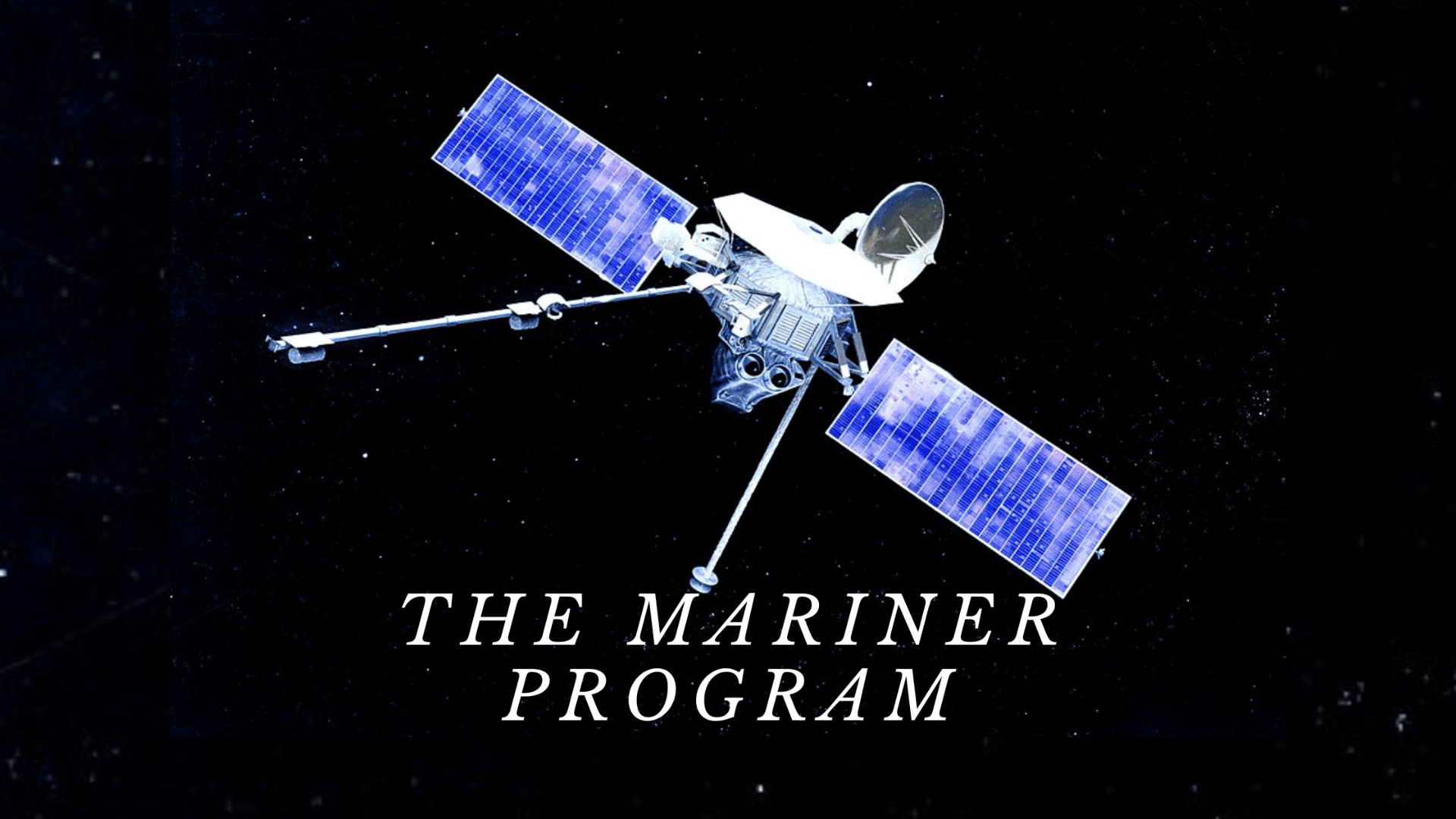
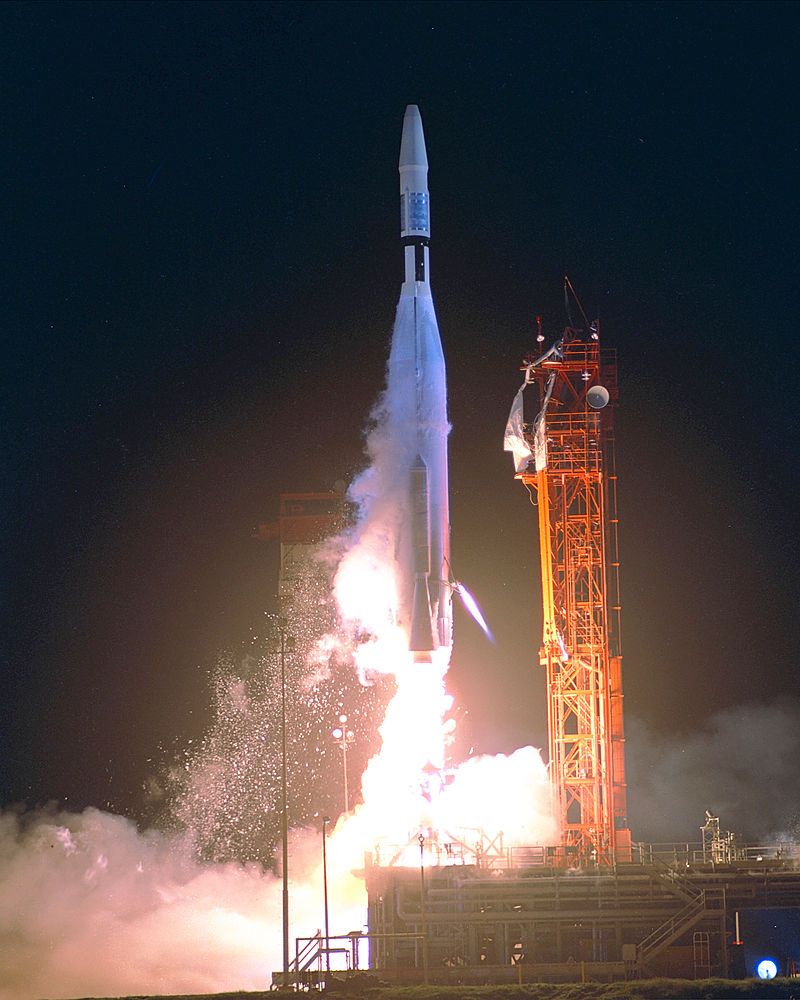
The Mariner program was carried out between 1962 and late 1973 by NASA and the Jet Propulsion Laboratory, in which ten interplanetary probes were designed and built to explore the inner Solar System. The program included several interplanetary firsts, including the first planetary flyby, the planetary orbiter, and the first gravity assist maneuver. Seven of the Mariner series's ten vehicles were successful, setting a precedent for many subsequent NASA programs.
All of the Mariner spacecrafts were small robotic probes launched on an Atlas rocket with either a Centaur or Agena upper-stage booster. Mariner 1 and Mariner 2 were two deep-space probes in NASA's Mariner-R project. The main goal was to develop and sequentially launch two spacecrafts into the vicinity of Venus, receive communications, and perform radiometric temperature measurements of Venus. The secondary objectives were to make interplanetary magnetic field and particle measurements on the journey to Venus and while nearby. Mariner 1 launched on July 22, 1962, but was destroyed 5 minutes after liftoff when its malfunctioning Atlas-Agena rocket went off course. Mariner 2, launched on August 27, 1962, completed a 3½-month flight to Venus before becoming the first spacecraft to fly by another planetary body.
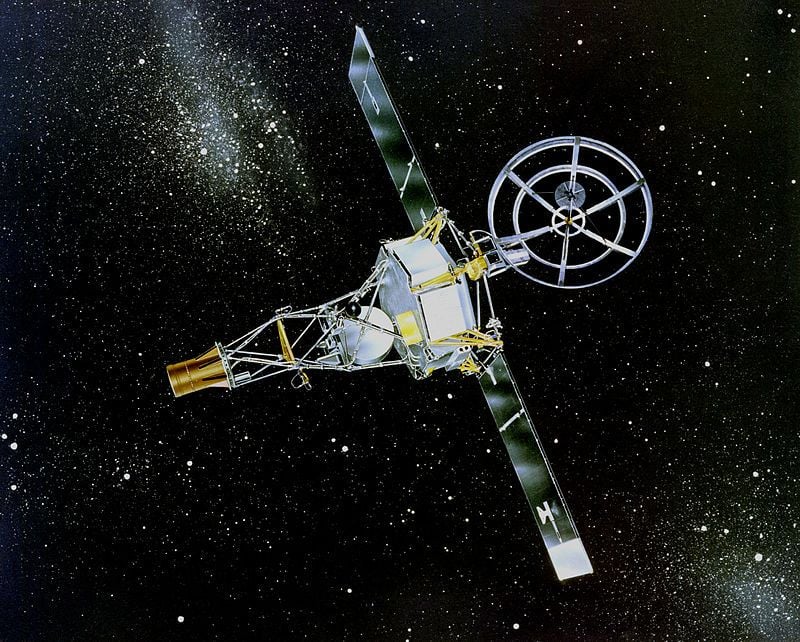
Mariner 3 and Mariner 4 were flyby missions of Mars carried out by sister ships. Mariner 3 launched on November 5, 1964, but never reached Mars because the shroud encasing the spacecraft failed to open correctly. Mariner 4 launched on November 28, 1964, and was the first successful flyby of the planet Mar, giving the first glimpse of Mars at close range. The first close-up photographs of another planet were captured on July 14, 1965, when Mariner 4 flew by. The pictures showed lunar-type impact craters; some were touched with frost from the chill of the Martian evening. The Mariner 4 spacecraft was only expected to survive a little more than the eight months to the Mars encounter but lasted about three years in solar orbit. It continued long-term studies of the solar wind environment, making coordinated measurements with Mariner 5.
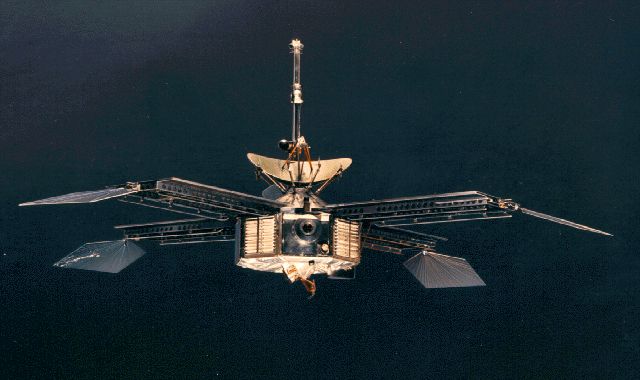
Mariners 6 and 7 were identical crafts in a two-spacecraft mission to Mars. Mariner 6 launched on February 24, 1969, followed shortly after by Mariner 7 on March 21, 1969. The two crafts flew over the equator and southern hemisphere of Mars. They analyzed the atmosphere and surface with remote sensors and recorded and relayed hundreds of pictures.
Mariner 8 and 9 were identical spacecrafts designed to map the Martian surface simultaneously. However, Mariner 8 was lost in a launch vehicle failure on May 9, 1971. Mariner 9 launched on May 30, 1971, and became Mars' first artificial satellite. It entered orbit in November 1971 and began photographing the surface and analyzing the atmosphere with its infrared and ultraviolet instruments. It also provided the first close-up pictures of Mars' two small, irregular moons, Phobos and Deimos.
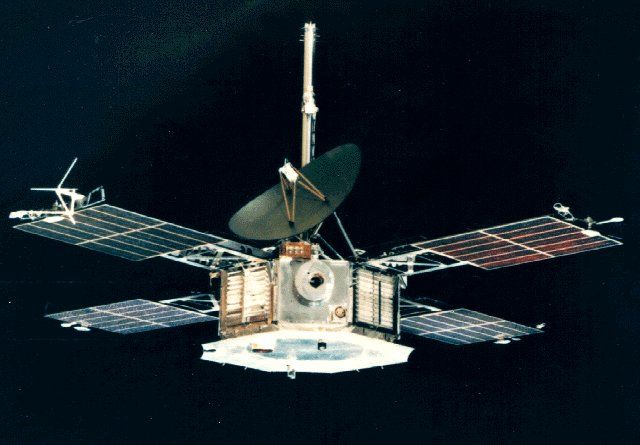
The Mariner Jupiter-Saturn project was approved in 1972 after the Grand Tour program was canceled, which had proposed visiting all the outer planets with multiple spacecraft. The program's name was later changed to Voyager before launch in 1977.
